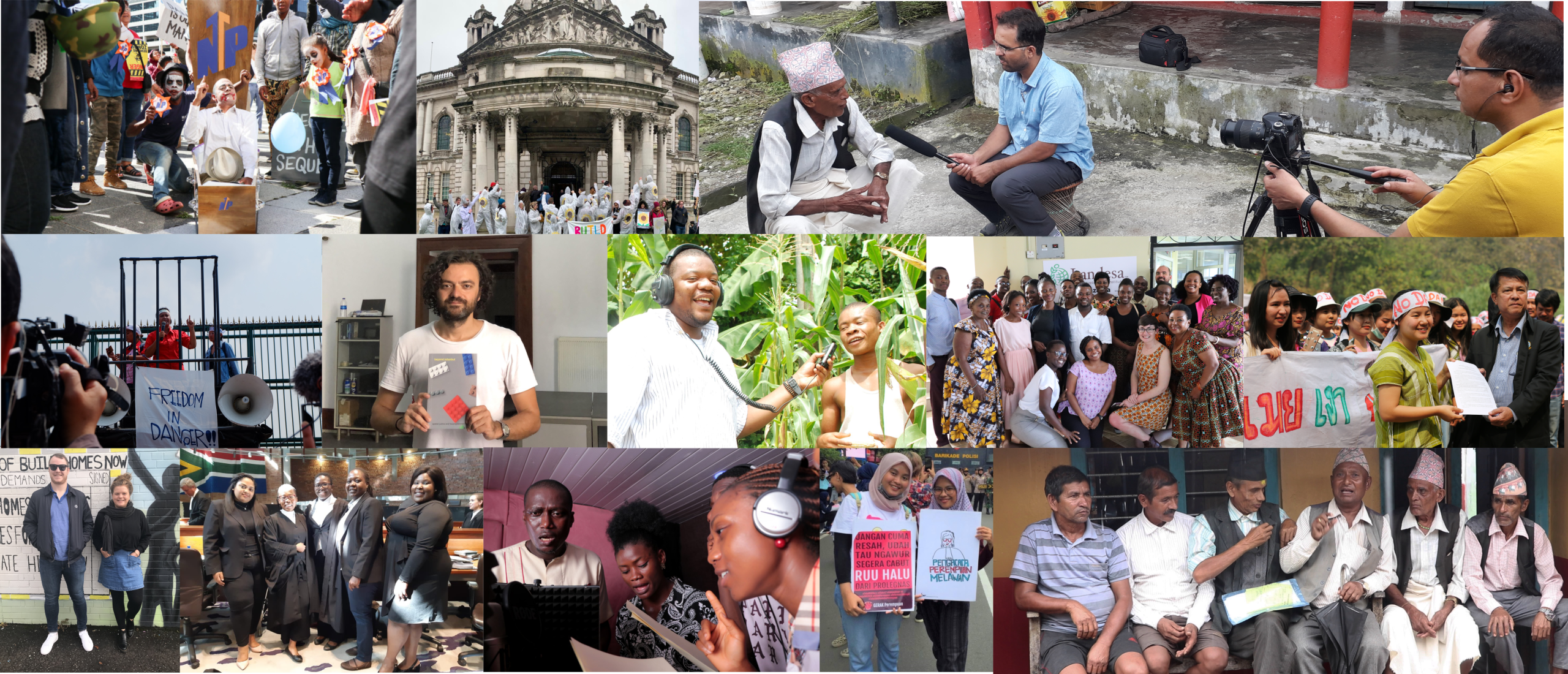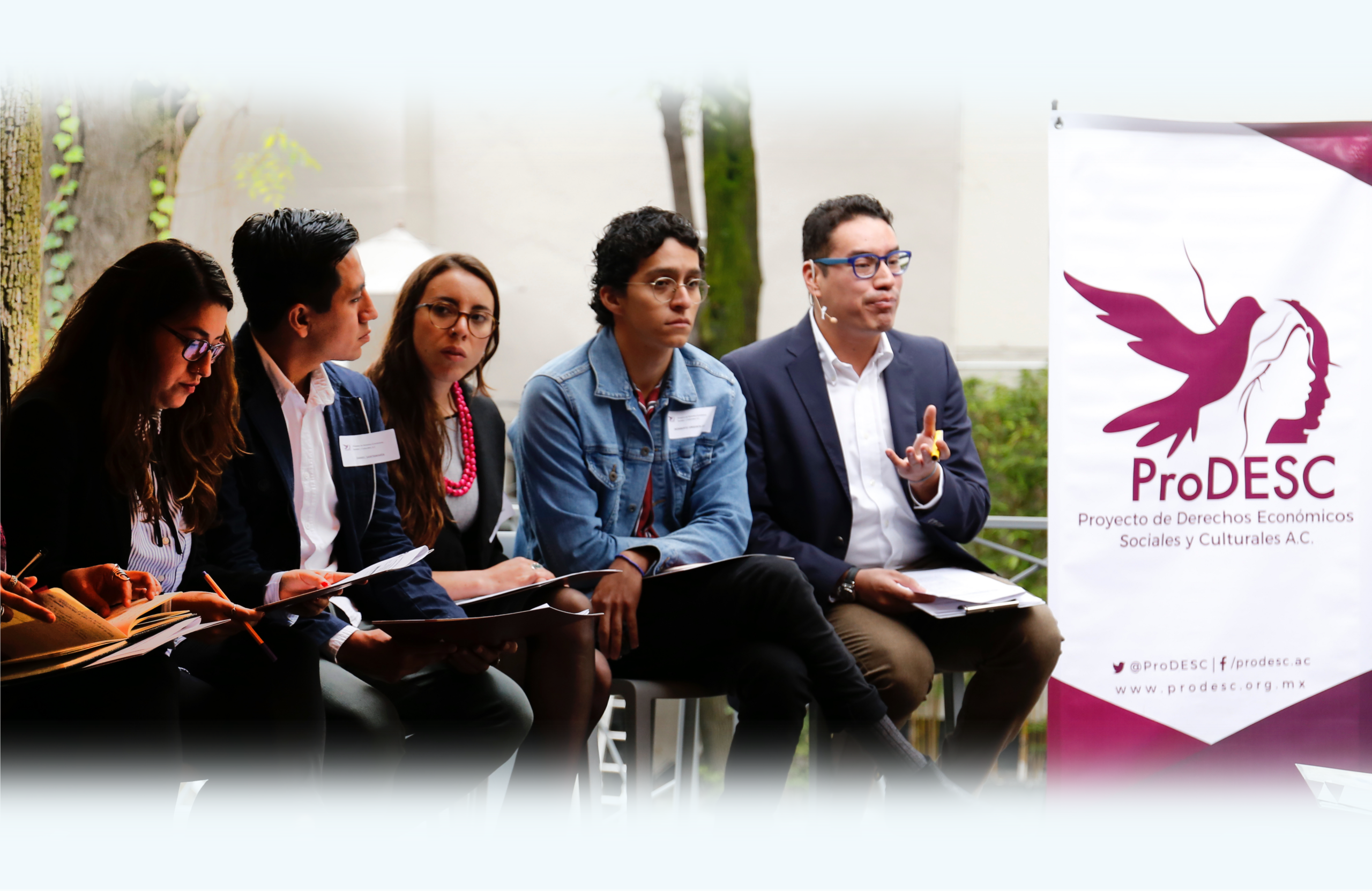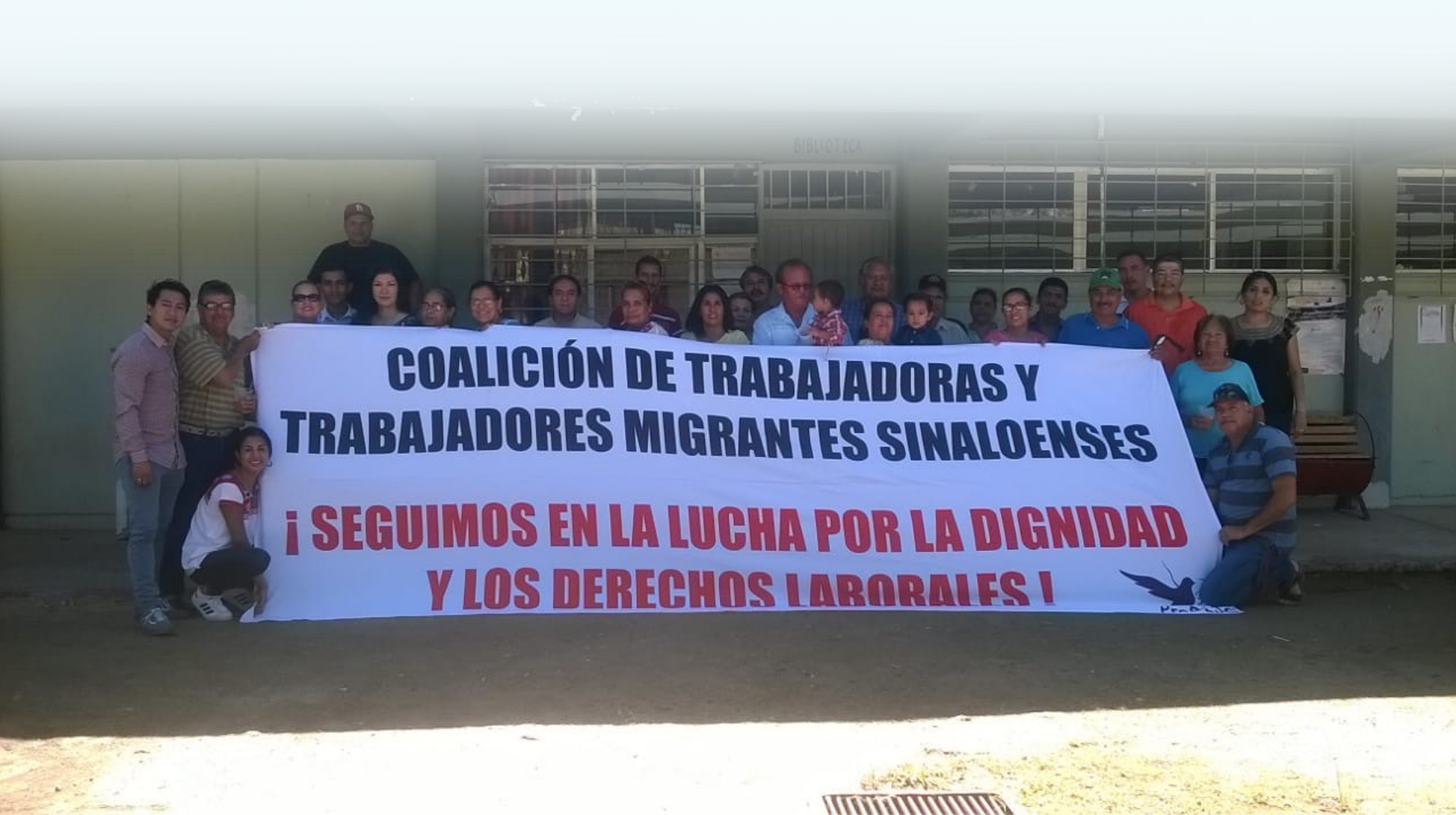Daniel Santamaria
Mexico

While a Bertha Justice Fellow at ProDESC, Daniel Santamaria attended The School of Transnational Justice. Attending the school fundamentally shaped his development as a radical lawyer.
Transnational justice is used in Mexico and the Americas as an important legal mechanism allowing the protection and enhancement of human rights at home and internationally. It allows individuals and communities to use local policies as well as appeal to international law for collective purposes, and empowers vulnerable groups to use an array of all available instruments and resources to defend human rights.
During his 2016–18 Bertha Justice Fellowship at Proyecto de Derechos Económicos, Sociales y Culturales (ProDESC), Daniel Santamaria attended The School of Transnational Justice (TSTJ) as part of developing an understanding of human rights beyond legal training. “I learned that the defense of human rights is strengthened through collective resistance experiences,” says Daniel. “Listening to the legal and social endeavours my colleagues have undertaken showed me the different ways in which law could be approached. I also learned the importance of fostering networks through empathy, solidarity and support to be able to move towards a world with diversity, equity and social justice.”
TSTJ brings together a range of approximately 30 participants – human rights defenders and lawyers, often from local grassroots organizations – over the course of a year. These are selected with care to balance gender, race and regional backgrounds. TSTJ aims to enhance an intersectional understanding of how social justice impacts various groups differently, and to recognize the role historical legacies play in the nature of those impacts today. Essential to the learning experience are the combined perspectives of Popular Education, human rights, interculturality, race, gender and social classes. These are taught so that future work can be more effective at a systemic level.

While at ProDESC, Daniel worked on transnational cases in the defence of the land and territory of Zapotec Indigenous communities in Juchitán de Zaragoza and Unión Hidalgo, Oaxaca. Additionally he worked on legal processes for the Coalition of Temporary and Migrant Workers from Sinaloa. Daniel says:
“Nowadays, the global dynamics are of overexploitation of human and natural resources. When communities are confronting national and transnational companies that systematically violate their human rights through criminalization, displacement and impoverishment, transnational justice strengthens their identity. It dignifies and asserts communities when they are defending their economic, social, cultural and environmental rights.”
Participants of TSTJ have gone on to develop collaborations with other TSTJ graduates working with ProDESC on community-based security measures in the state of Michoacán. Two Oaxacan graduates have set up their own training in the state of Oaxaca specifically targeted to defend and protect Indigenous human rights in the region. As for Daniel, he now works for the Human Rights, Population and Migration Sub-Secretariat, a division of the Mexican Secretariat of the Interior.
Daniel says:
“The Bertha Fellowship has contributed to my academic training and professionalization because it has enabled me to understand current affairs, and to look collectively for effective and beneficial solutions for the issues that affect vulnerable people and communities in my country. Overall, I believe that the Fellowship has prompted in me a need to seek social justice and a world where there are no violations
of human rights.”

CREDITS
Photo 1: ProDESC 10th Anniversary panel discussion with Bertha Justice Fellows and Alumnx. Daniel Santamaria is sitting second from the left. Image: ProDESC
Photo 2: Third Anniversary Coalition of Migrants and Temporary Workers from Sinaloa. Daniel Santamaria first on the left. Image courtesy of Daniel Santamaria.
Author: Shveta Shah, Program Director, Bertha Justice Initiative
Editorial Consultant: Karen Frances Eng
This story was originally published in the Bertha Fellows book and some of the information in this story may have changed since it was first published.


 Built with Shorthand
Built with Shorthand